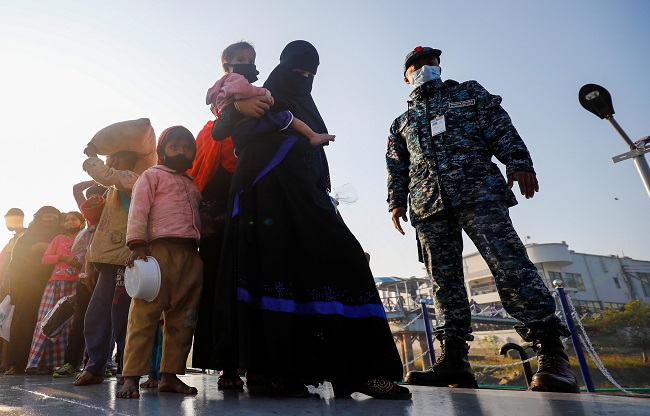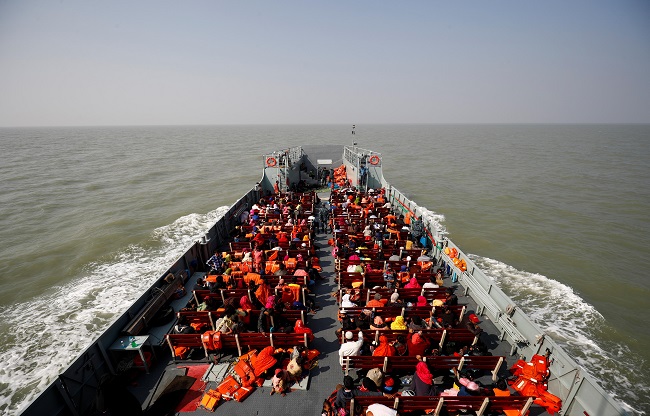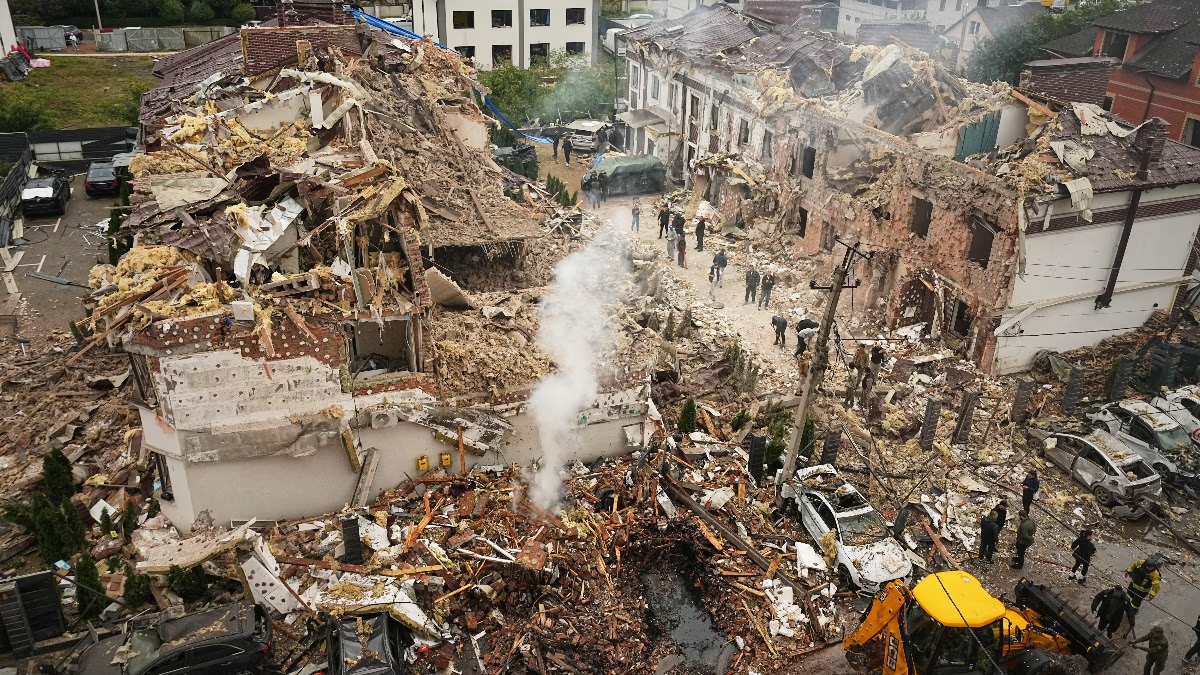Just last month, India began deporting Rohingya Muslims who had settled illegally, declaring their presence without documentation a threat to national security. Apart from India, there is a sense of chaos within the Rohingya community in Bangladesh. Leaving their camps, they are traversing an 1800 km nautical journey to reach Indonesia. Indonesian police and fishermen have been mobilized to patrol the coasts of Sumatra Island, attempting to prevent Rohingya entries.
Several questions arise here
Why are settled communities fleeing Bangladesh? Which countries are they heading towards? Are these nations officially accepting them?
Why did Bangladesh, despite its own struggles, offer refuge?
In 2017, following violence in Myanmar, hundreds of thousands of Rohingya Muslims began arriving in Bangladesh. Despite its economic vulnerabilities, Bangladesh was prepared to accommodate them on humanitarian grounds, with considerable support promised from the UN and various international organizations.
The UN launched the Joint Response Plan, whereby it is claimed that institutions raised $943 million in aid for the Rohingya with essentials like shelter, food, water, and healthcare included.

Source: aajtak
Rohingyas settled in Cox's Bazar
Refugees were settled along Cox's Bazar on the southeastern coast of Bangladesh. Currently, there are over 1.25 lakh shelters, housing over a million refugees, making it the world's largest refugee camp. However, many Rohingyas complain about inadequate living conditions and a restricted camp life with reported violence for those who venture outside.
Limited access to language and education
Refugees accuse local authorities of denying them school admission and the opportunity to learn Bengali, fueled by locals' fears that the Rohingyas might assimilate by learning the language. Notably, Rohingyas speak a variety of languages, including Rohingya, Burmese, and Rakhine. Human rights organizations have also indicated that extremist groups and criminals are targeting these camps, with the Bangladesh government relocating refugees to Bhashan Char, a cyclone-prone uninhabited island to manage overpopulation.
Destinations beyond the borders
Having faced non-violent but tough circumstances in Bangladesh, refugees are fleeing to countries like Indonesia and Malaysia. Their journeys typically commence post-monsoon season, choosing small boats to set sail quietly from Bangladesh.

Source: aajtak
Indonesians pushing back at sea
In November 2023 alone, dozens of boats headed toward Sumatra. In at least two instances, villagers prevented refugees from disembarking, ensuring the boats returned to the sea. Local protests are on the rise in Indonesia, stemming from fears of growing Rohingya populations.
Punishment for good Samaritans
The Indonesian government has demonstrated little leniency towards the Rohingyas. Years ago, fishermen were penalized for allegedly smuggling Rohingyas, though locals argued they were only rescuing people from sinking boats.
Tightening coastal defenses
Preventive joint operations by police, the navy, and the national search and rescue agency are in place, with coastal communities aiding these forces. Indonesia hasn't ratified the Refugee Convention, relieving it of compulsion to accept refugees, even though it has ratified the UN Convention on the Law of the Sea, obligating aid to those in danger at sea.

Source: aajtak
Conditions in Malaysia
Rohingyas who have fled to Malaysia are not faring any better. In February, several refugees escaped from immigration detention centers. Currently, over 100,000 Rohingyas reside in Malaysia, living at their own risk due to the lack of an asylum seeking system, making them vulnerable to abuse and menial jobs. The future of their children is uncertain, and authorities have restricted UNHCR access since 2019. The anxiety provokes some to flee detention centers as well; last April, 500 refugees escaped with unfortunate fatalities. Lastly, risks at sea remain high, with about 600 refugees vanishing last year, feared drowned.




